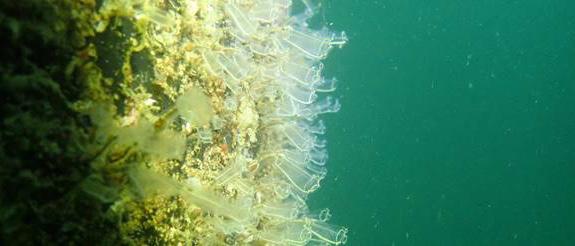
1 minute read
MARINA MATTERS
Biosecurity Surveillance
During mid-July, the National Institute of Water and Atmospheric Research Limited (NIWA) will conduct the National Marine High Risk Site Surveillance (NMHRSS) program in Wellington Harbour, including Chaffers Marina. This program provide focused surveillance every six months for potentially invasive marine animals and plants that the Ministry for Primary Industries (MPI) considers a significant threat to New Zealand. If you would to learn more on the various targetted species, click here
Advertisement
NIWA will be collecting samples by setting baited box traps for crabs and starfish, sampling the seafloor using a small (0.5-m wide mouth) benthic sled and diving to inspect wharf piles, walls and rocky shores.

Last year’s report indicated none of the targeted species were found in Chaffers Marina. They did detect the non-native species Clavelina lepadiformis. Report suggests the species looks to be reestablishing itself after the mortalities seen during the summer survey in December 2021 following heavy rainfall. The species were seen to be rapidly colonising the pile coverings in Chaffers Marina that were installed.
In New Zealand, marinas take measures to prevent the spread of invasive marine species across the country. They follow a rule called the “6 or 1 rule,” which means visiting boats must show proof of either being antifouled within the last six months or cleaned within the last month. These measures are more stringent than the regulations imposed by most councils. The goal is to avoid introducing new species into the marinas, as controlling them there would be costly.






